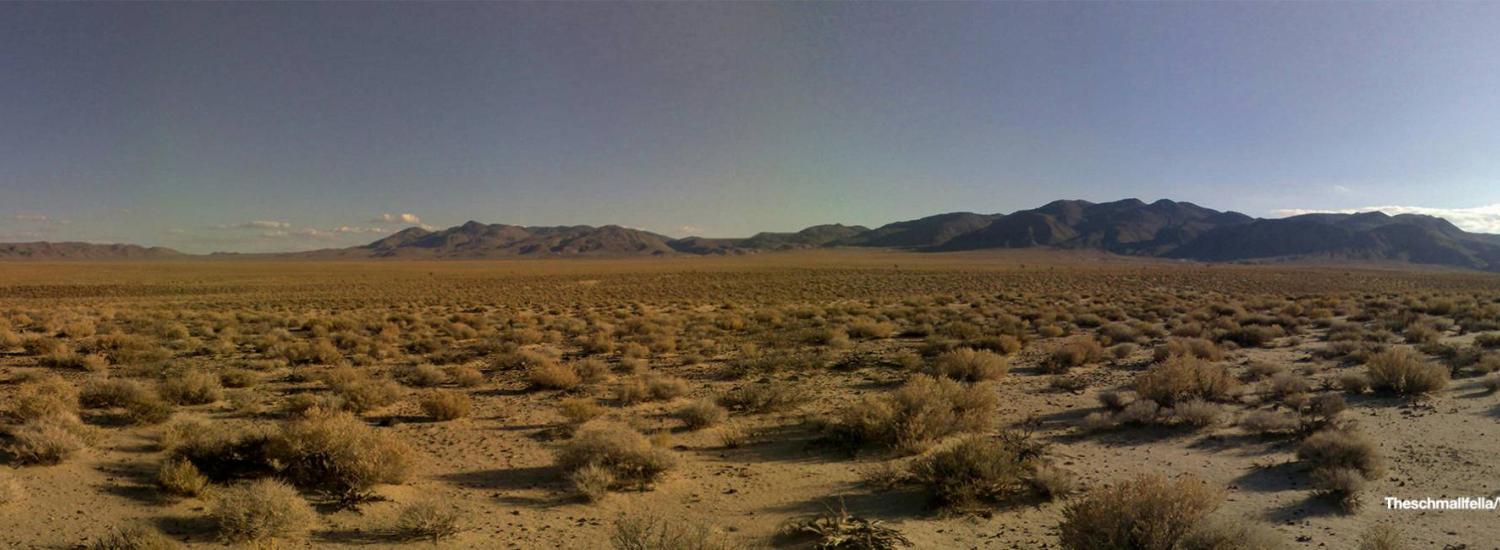When Good Ozone Goes Bad
Weather patterns, trans-Pacific pollution cause spring ozone spikes in the southwest US

In late spring and early summer, air quality in the United States is generally good. But a newly published study from NOAA shows that, in the desert southwest, the combination of a common springtime weather pattern and pollution transported from Asia can create unhealthy ozone levels.
Ozone in the stratosphere, located 6 to 30 miles above the ground, typically stays in the stratosphere. But, occasionally in late spring, the polar jet stream meanders southward over the western U.S. and brings with it large cyclonic storm systems. These storms can cause stratospheric ozone to sink down into the troposphere, closer to where people live.
The study focused on the week of May 19-26, 2013 when ozone concentrations in the Mojave Desert exceeded the federal standard on several days. Working from a site in the Spring Mountains, a team of scientists, including some from CIRES, found that naturally occurring ozone that descended from the stratosphere can be captured by the exceptionally deep mixed layers of the lower atmosphere that form above the Mojave Desert, and brought down to the ground in areas like Las Vegas, Phoenix, and even Death Valley National Park. Stratospheric intrusions can also bring pollution originating from Asia down to ground levels, though this contribution was usually much smaller.
The study analyzed high ozone readings near Las Vegas, Nevada in May 2013, adding to a growing body of work that explores how ozone transported down from the lower stratosphere can occasionally push some areas of the desert southwest above federal air quality standards. The research, conducted as part of the Las Vegas Ozone Study or LVOS, (pronounced “Elvis”) at the request of the Clark County Department of Air Quality, was published today in the Journal of Geophysical Research: Atmospheres. The research team plans to return to Clark County this spring to learn more about these processes and help these agencies and the EPA better understand these events.